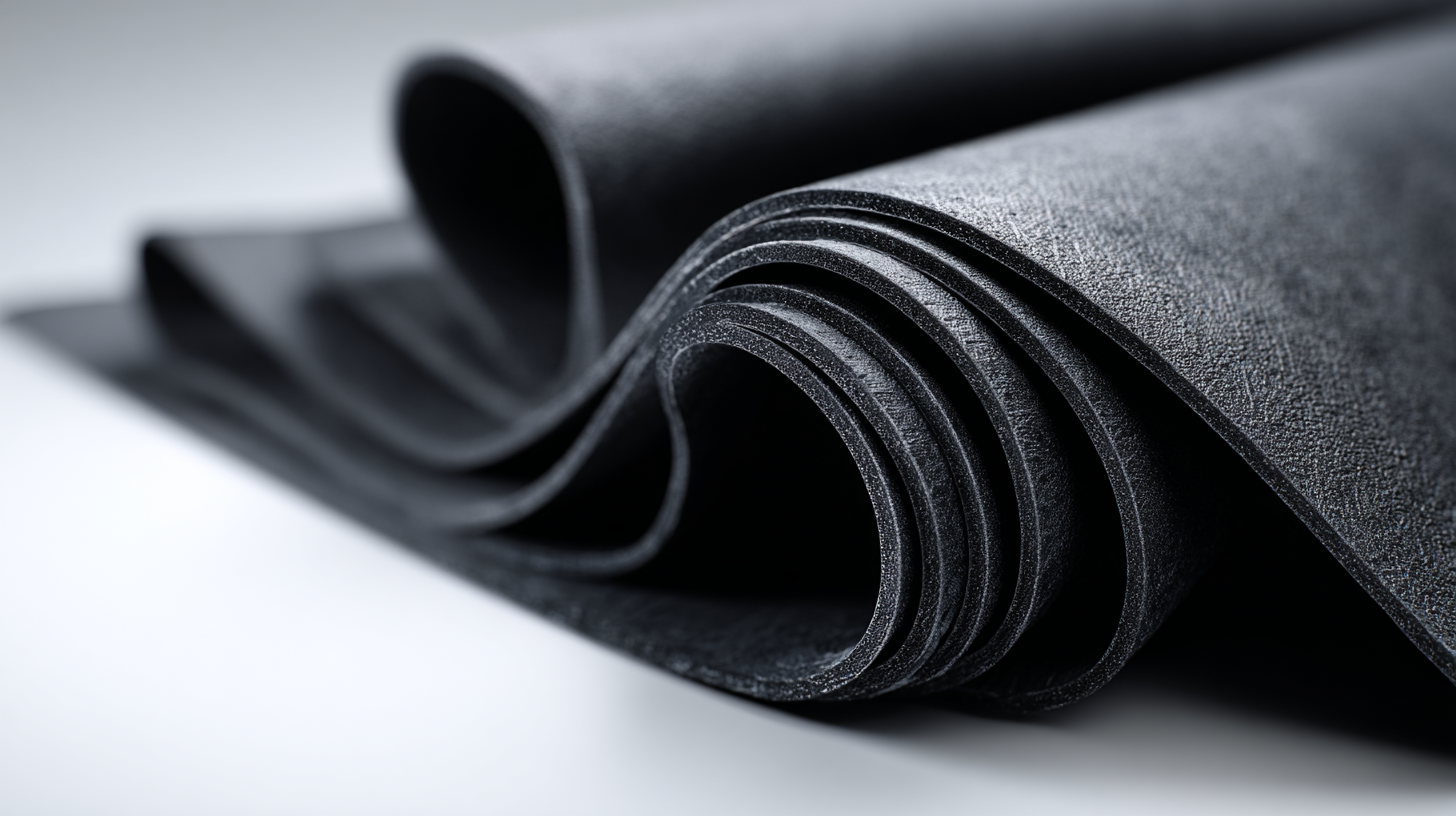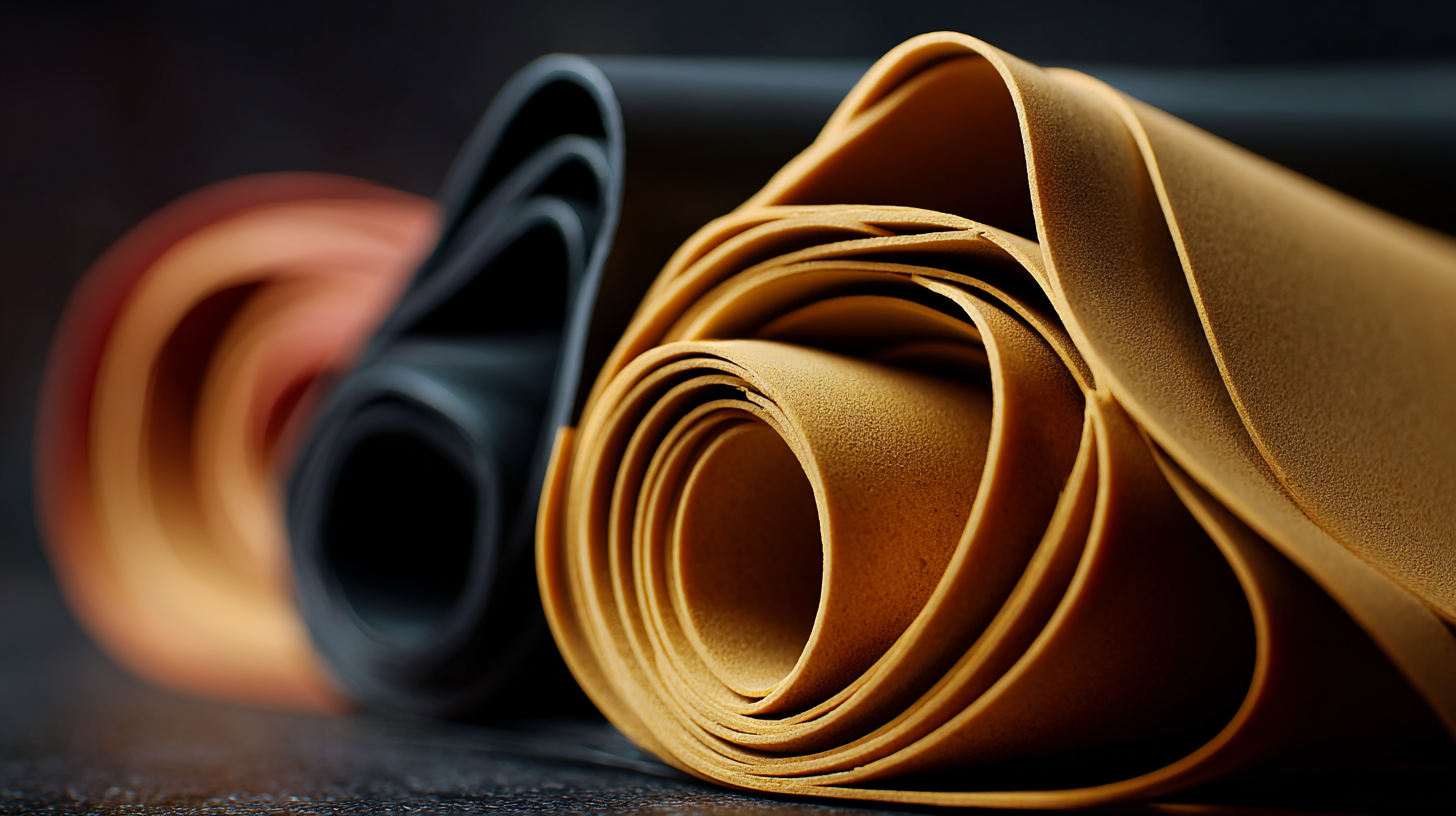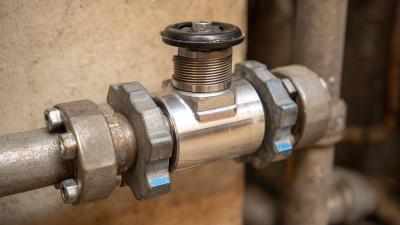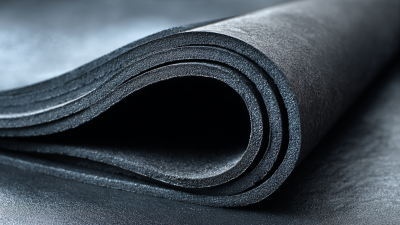Rubber material has long been recognized for its remarkable versatility, finding applications in a myriad of everyday products and innovative solutions across various industries. From the tires that enable our vehicles to glide smoothly on the roads to the elastic bands that keep our documents organized, rubber material is an integral part of our daily lives. This exploration delves into the multifaceted uses of rubber, showcasing its utility in both traditional and modern contexts, such as in construction, medical devices, and sustainable practices. As we navigate through the endless possibilities offered by rubber material, we will uncover how its unique properties lead to creative inventions and engineering breakthroughs. Join us as we unravel the fascinating journey of rubber, shedding light on its significance in improving efficiency and fostering innovation in an ever-evolving world.

Rubber is a remarkable material that plays a critical role in our daily lives, serving a multitude of purposes that often go unnoticed. Among its most prevalent applications is in footwear, where rubber soles provide both durability and comfort. According to the Freedonia Group, the global demand for rubber footwear is projected to reach 15 billion pairs by 2025, emphasizing its significance in the footwear industry. The elasticity and water-resistant characteristics of rubber make it an ideal choice for various shoe types, from casual sneakers to high-performance sports shoes, ensuring both functionality and style.
Beyond footwear, rubber is also widely used in sealing solutions, an essential component in countless industries. The market for rubber seals and gaskets alone is expected to surpass $33 billion by 2027, driven by advancements in automotive and aerospace sectors. Rubber's ability to withstand extreme temperatures and pressures makes it a preferred material for creating reliable seals that prevent leaks and ensure operational efficiency. As industries continue to innovate, the adaptability of rubber is being harnessed in new and exciting ways, demonstrating its vital role in everyday applications and specialized uses alike.
Rubber has long been recognized for its practicality in everyday items, but its innovative applications in modern technology are increasingly shaping various industries. One notable advancement is in the automotive sector, where rubber components—such as seals, gaskets, and tires—are crucial for enhancing vehicle performance and safety. The development of specialized rubber materials, like silica-reinforced compounds, has improved tire durability and fuel efficiency, making them more environmentally friendly while maintaining excellent grip and handling.
In the realm of electronics, rubber plays a vital role in the manufacturing of flexible circuits and protective casings, contributing to the evolving landscape of wearable technology. With its adaptable nature, rubber allows devices to be lighter and more ergonomic, paving the way for innovative designs that were previously unimaginable. Furthermore, advancements in synthetic rubber have led to breakthroughs in energy storage, with research exploring its potential in batteries and supercapacitors, promising more efficient power solutions for a wide range of electronic applications. These innovative uses exemplify rubber's versatility and its pivotal role in driving technological progress.
The importance of sustainable alternatives in the manufacturing industry cannot be overstated, and rubber materials are no exception. Traditionally sourced from rubber trees, natural rubber has environmental benefits, but the rising demand has prompted the exploration of eco-friendly options. One innovative approach is the development of synthetic rubber made from renewable resources, such as bio-based materials derived from corn or sugarcane. These alternatives not only reduce the carbon footprint associated with traditional fossil fuel-derived rubber but also promote sustainable agricultural practices.
Another noteworthy advancement in eco-friendly rubber is the incorporation of recycled materials. By reprocessing discarded rubber products, manufacturers can create high-quality rubber materials while minimizing waste. This recycling process not only conserves resources but also lessens the environmental impact of rubber production. The growing focus on sustainability in the rubber industry encourages innovation and responsibility, allowing for versatile applications ranging from tires to footwear, all while addressing ecological concerns. As awareness of environmental issues continues to rise, the shift towards sustainable rubber materials plays a crucial role in shaping a more sustainable future.
| Application | Type of Rubber | Sustainability Feature | Notes |
|---|---|---|---|
| Footwear | Natural Rubber | Biodegradable | Comfortable and environmentally friendly. |
| Seals and Gaskets | Synthetic Rubber | Durability | Excellent resistance to temperature and pressure. |
| Bouncing Balls | Recycled Rubber | Recycling | Utilizes waste materials, reducing landfill impact. |
| Automotive Tires | Eco-friendly Synthetic Rubber | Energy Efficient Production | Lower carbon footprint manufacturing. |
| Yoga Mats | Natural Latex | Biodegradable | Provides grip and comfort for users. |
The automotive and aerospace industries are increasingly reliant on rubber materials for their enhanced performance and durability. Recent developments highlight this trend, with significant investments being made in manufacturing facilities dedicated to supporting these sectors. For instance, a multimillion-dollar manufacturing facility in Kentucky aims to bolster the production of rubber components essential for automotive and aerospace applications. This comes at a time when global manufacturers are facing challenges such as supply chain disruptions and shifting tariffs, which demand innovative solutions and robust materials.
In addition to traditional uses, advancements in material science are opening new avenues for rubber applications. The global elastomers market is witnessing a surge due to increasing sustainable practices and the demand for high-performance materials. The integration of innovative additives, like nanosilica in epoxy composites, enhances the mechanical properties essential for aerospace applications. As the industry evolves, the versatility of rubber continues to play a crucial role, not only in conventional installations but also in pioneering technologies that respond to the emerging needs of automotive and aerospace markets.

Rubber material is incredibly versatile, making it an ideal choice for a variety of creative DIY projects. One popular application is the creation of custom coasters. By cutting rubber sheets into desired shapes and sizes, individuals can design coasters that reflect their personal style or match their home decor. The durability and water-resistant properties of rubber ensure that these coasters remain functional while adding a unique touch to any living space.

Another innovative use of rubber in DIY projects can be seen in home organization. Rubber bands, tubes, and mats can be transformed into practical storage solutions or organizers. For instance, a simple rubber mat can be used to keep items in place on a desk, preventing clutter. Additionally, rubber bands can be repurposed to create custom holders for pencils, tools, or even kitchen utensils. These creative applications not only enhance organization but also showcase the adaptability of rubber materials in transforming everyday items into practical solutions.






